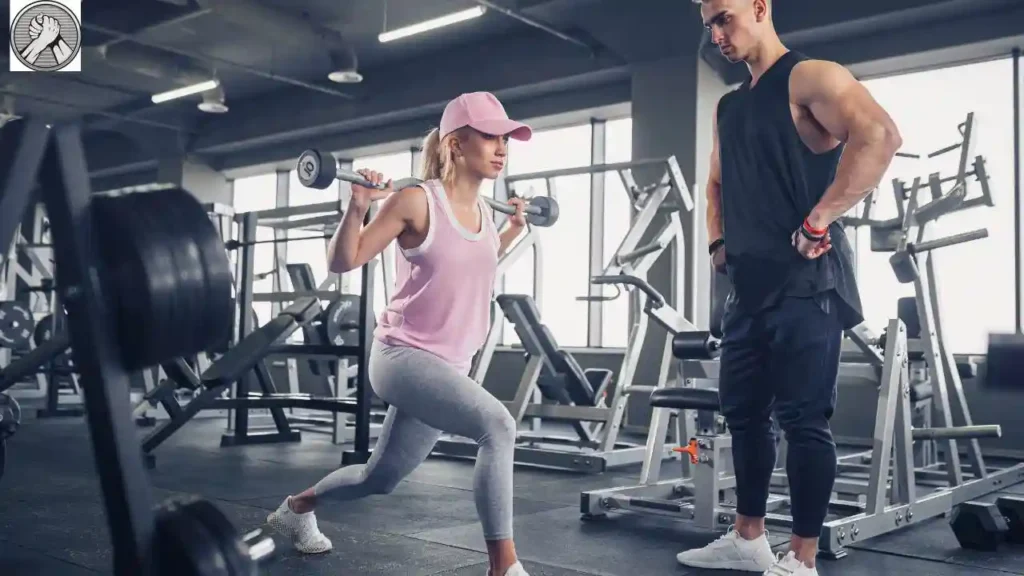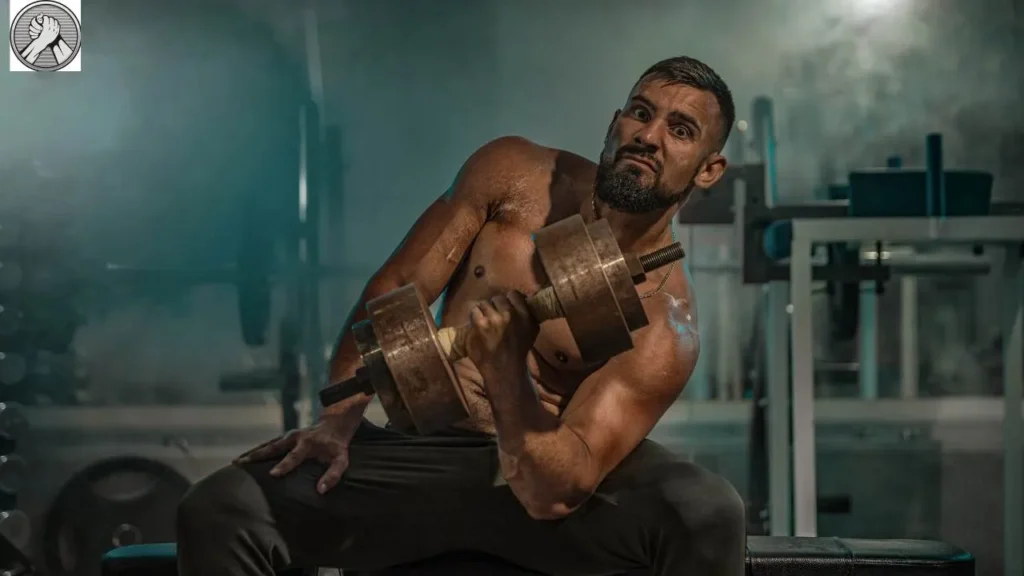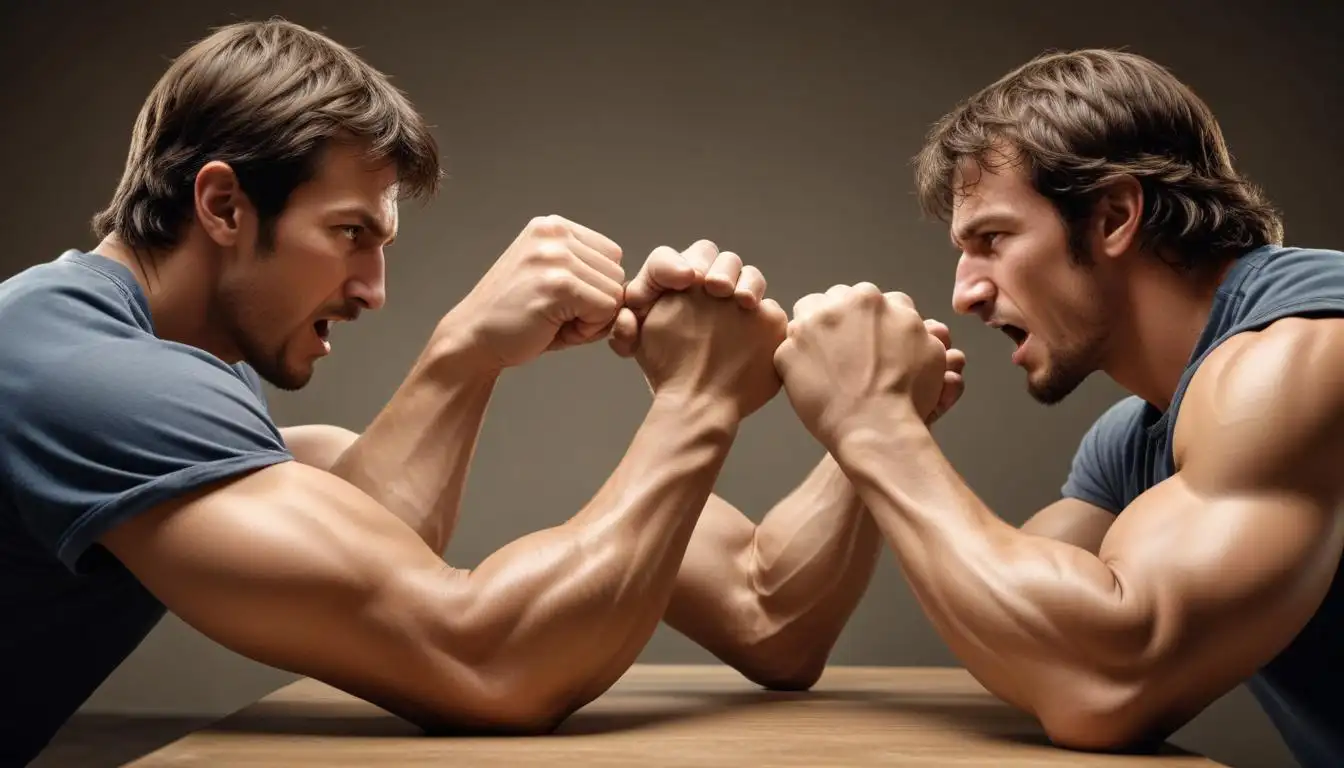To find the best gyms for arm wrestling training in your area, start by researching gyms that offer specialized equipment and experienced coaches.
Visit these gyms to evaluate their facilities and training programs, and ensure they have a supportive community and convenient location. Check online reviews and ask for recommendations from local arm wrestling groups to make an informed decision.
If you’re like me, you know that arm wrestling isn’t just a hobby—it’s a passion, a lifestyle, and sometimes, an obsession. Whether you’re new to the sport or a seasoned competitor, finding the right gym can make all the difference in your training. But let’s be real: not all gyms are created equal, especially when it comes to arm wrestling.
I’ve been in this game for years, and I’ve seen it all—the good, the bad, and the downright ugly. I’ve trained in fancy fitness centers with all the bells and whistles, and in gritty, no-frills gyms where the air smells like sweat and determination.
Through it all, I’ve learned one crucial thing: the best gyms for arm wrestling are those that cater specifically to our unique needs.
So, why does this matter to you? Because choosing the right gym isn’t just about convenience or cost—it’s about finding a place that has the right equipment, the right trainers, and the right atmosphere to help you reach your full potential.
In this article, I’m going to share my hard-earned insights on what to look for in a gym, where to find these hidden gems in your area, and how to make the most out of your training sessions.
Ready to pin down the perfect gym?
Let’s dive in and find out where you can get the best arm wrestling training near you. Trust me, your future victories depend on it!
Contents
Understanding Arm Wrestling Training Needs
Basics of Arm Wrestling
Brief history and evolution
Arm wrestling might seem like a simple sport, but it has a rich history. It goes way back to ancient times when it was a test of strength and dominance. Over the years, it has evolved into a competitive sport with its own set of rules and techniques. Arm wrestling is now recognized globally, with organized competitions and a dedicated community of enthusiasts.
Also Read: King of the Table 11 Results: An Epic Showdown in Dubai
Key skills and techniques involved
Arm wrestling isn’t just about brute strength. Sure, having powerful muscles helps, but technique is king. You need to master various grips, understand leverage, and perfect your stance. Speed and reflexes are also crucial. The top arm wrestlers combine strength with a deep understanding of these techniques, making each match a strategic battle.
Importance of Specialized Training

Why general fitness gyms might not be enough
Most fitness gyms are great for overall health, but they often fall short for arm wrestling training. General gyms focus on cardio machines, free weights, and group fitness classes. While these are good for building general fitness, they don’t cater to the specific needs of arm wrestlers.
Specific needs for arm wrestling (strength, endurance, technique)
Arm wrestling training requires a unique blend of strength, endurance, and technique. You need equipment like arm wrestling tables and grip strengtheners. Your workouts should include exercises that build wrist, forearm, and shoulder strength. Plus, practicing techniques and sparring with partners is essential. Specialized training ensures you develop all these areas effectively.
Key Features of a Good Arm Wrestling Gym
Equipment and Facilities
Essential equipment
The best arm wrestling gyms have the right tools for the job. Look for places with proper arm wrestling tables—they’re essential for practicing your moves. Grip strengtheners and resistance bands are also crucial for building the specific muscles you’ll use in matches. Other useful tools include wrist rollers and cable machines designed for arm wrestling exercises.
Specialized training tools
Beyond the basics, a good arm wrestling gym should offer specialized tools. These might include custom pulleys and levers that mimic the arm wrestling motion. Some gyms even have machines designed to improve your hook, top roll, and other techniques. The more specific the equipment, the better prepared you’ll be.
Qualified Trainers and Coaches
Importance of experienced coaches
Having the right coach can make a world of difference. Experienced arm wrestling coaches know the ins and outs of the sport. They can teach you the techniques, spot your weaknesses, and help you refine your strategy. They also keep you motivated and push you to reach your potential.
What qualifications to look for
When choosing a coach, look for someone with a solid background in arm wrestling. They should have competition experience and a track record of training successful wrestlers. Certifications and affiliations with arm wrestling organizations can also be a good sign of their credibility.
Training Programs and Classes
Types of classes offered (beginner, intermediate, advanced)

A good gym offers classes tailored to different skill levels. Beginners need to learn the basics and build foundational strength. Intermediate classes focus on refining techniques and improving performance. Advanced classes push experienced wrestlers to new heights with intense training and advanced strategies.
One-on-one vs. group training sessions
Both one-on-one and group training sessions have their benefits. Personal sessions provide tailored coaching and focus on your specific needs. Group sessions, on the other hand, offer a chance to spar with different partners and learn from others. The best gyms offer a mix of both.
Researching Gyms in Your Area
Online Resources
Using gym directories and review sites
Start your search online. Gym directories and review sites can give you a good overview of what’s available. Look for gyms that specialize in arm wrestling or have a strong reputation in the sport. Pay attention to reviews from other arm wrestlers—they’ll give you the inside scoop.
Checking social media for recommendations
Social media is another great resource. Join arm wrestling groups and forums, and ask for recommendations. Follow local arm wrestling clubs and see where they train. Often, the best gyms are the ones that get talked about in the community.
Visiting Gyms
What to look for during a visit
Once you have a few gyms in mind, visit them. Check the equipment—make sure they have everything you need. Observe the environment and see if it’s conducive to serious training. Look at how the staff and trainers interact with members. A supportive and knowledgeable team is a big plus.
Questions to ask gym staff and trainers
Don’t be afraid to ask questions. Find out about the trainers’ experience and qualifications. Ask about the types of classes and programs they offer. Inquire about membership options and what’s included. The more information you have, the better decision you can make.
Evaluating Gym Options
Assessing Equipment and Facilities
Inspecting the quality and availability of equipment
Make sure the gym’s equipment is in good condition. Quality matters—worn-out tables and tools won’t give you the best training experience. Check if the equipment is readily available or if you’ll have to wait to use it. A well-equipped gym should have enough resources to meet the demands of its members.
Evaluating the overall gym environment
The atmosphere of a gym can make or break your training experience. Look for a clean, organized space with a positive vibe. A gym that fosters a supportive community will keep you motivated and engaged. Pay attention to how the staff maintains the facility—cleanliness and organization reflect their commitment to providing a top-notch experience.
Meeting Trainers and Coaches
Observing coaching sessions
Watch a few coaching sessions if you can. See how trainers interact with their students and how they run their sessions. Are they attentive and involved? Do they provide constructive feedback? A good coach is hands-on and genuinely invested in their students’ progress.
Interacting with potential trainers
Talk to the trainers directly. Ask about their approach to training and how they plan to help you improve. See if their style matches your needs and preferences. A good rapport with your coach is essential for effective training.
Checking Class Schedules and Availability
Ensuring class times fit your schedule
Make sure the gym’s class schedule works for you. Consistency is key in training, so you need to be able to attend regularly. Look for gyms that offer a variety of class times to accommodate different schedules.
Availability of personalized training programs
Check if the gym offers personalized training programs. These can be a great way to get tailored coaching that addresses your specific strengths and weaknesses. Personalized programs often lead to faster progress and better results.
Considering Cost and Membership Options
Comparing Membership Fees
Typical costs for specialized training
Specialized arm wrestling training can be pricey, but it’s worth the investment. Compare the costs of different gyms and see what they offer for the price. Remember, the cheapest option isn’t always the best. Look for value—high-quality training and facilities that justify the cost.
Hidden fees to watch out for
Be aware of hidden fees. Some gyms have extra charges for things like special classes, equipment usage, or membership cancellation. Ask about all potential costs upfront so you don’t get any unpleasant surprises later.
Membership Benefits and Discounts
Long-term vs. short-term memberships
Consider the membership options available. Long-term memberships often come with discounts but require a commitment. Short-term memberships are more flexible but might be more expensive per month. Choose the option that best fits your needs and goals.
Discounts for referrals, family memberships, etc.
Ask about any available discounts. Some gyms offer reduced rates for referring friends or signing up as a family. Others might have special promotions or loyalty programs. Every bit of savings helps, especially if you’re in it for the long haul.
Additional Tips for Choosing the Right Gym
Location and Convenience
Proximity to home or work
Location matters more than you might think. A gym that’s close to your home or work makes it easier to stick to your training routine. If it’s too far, you might find yourself skipping sessions more often.
Accessibility and parking
Consider the gym’s accessibility. Is it easy to get to by car or public transport? Does it have ample parking? The more convenient it is to reach, the more likely you’ll go regularly.
Community and Culture
Importance of a supportive and motivating environment
A good gym has a strong sense of community. Look for a place where members support and motivate each other. A positive, encouraging environment can make your training experience much more enjoyable and productive.
Opportunities for networking and competing
Finally, consider the gym’s involvement in the broader arm wrestling community. Do they host competitions or events? Are there opportunities to meet and network with other arm wrestlers? Being part of an active community can open doors and provide valuable experiences.

